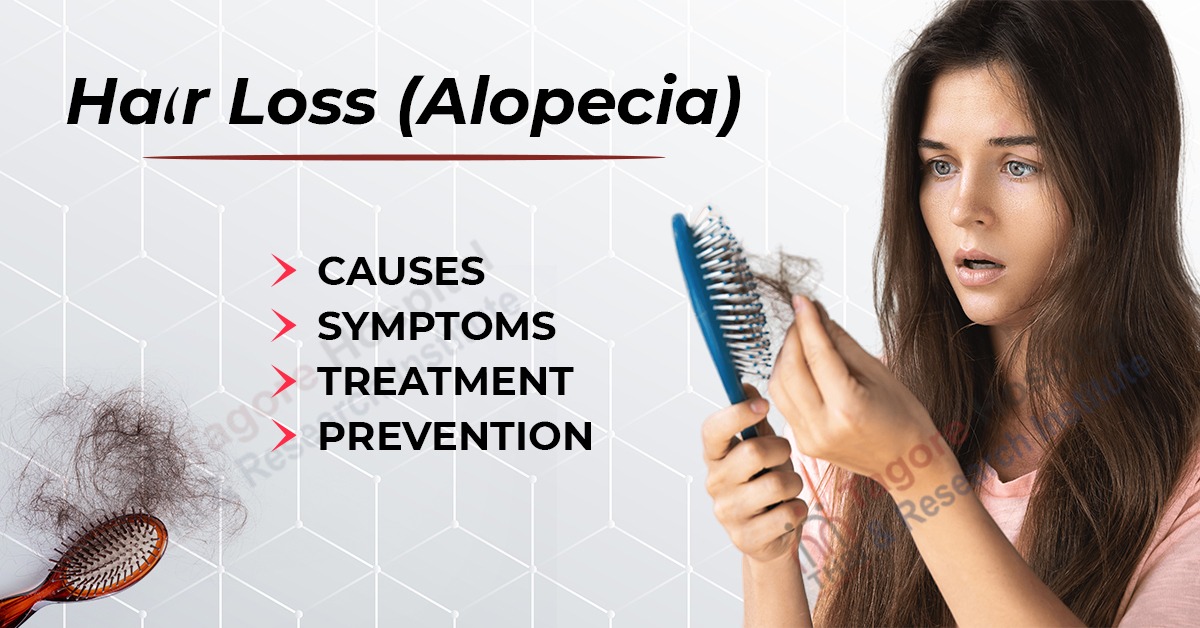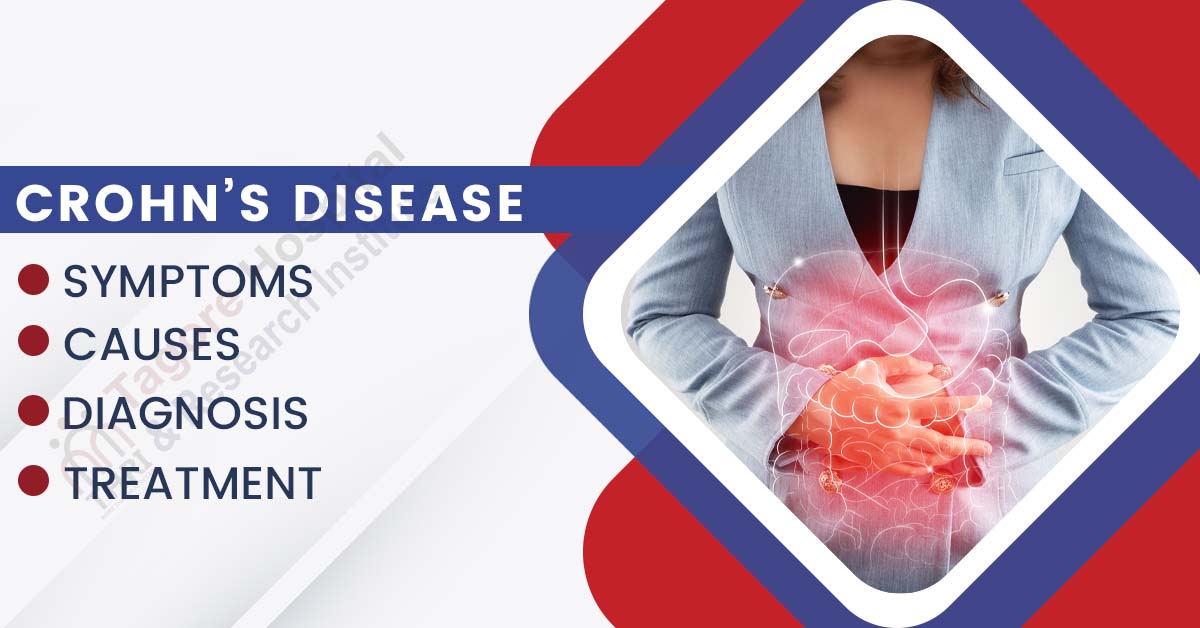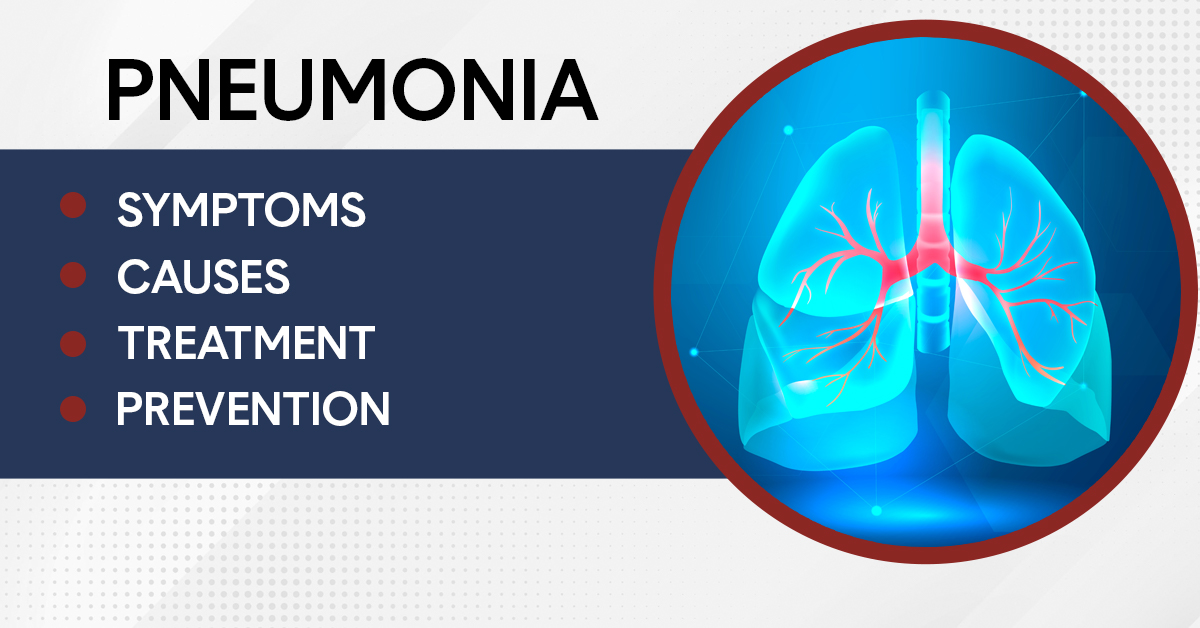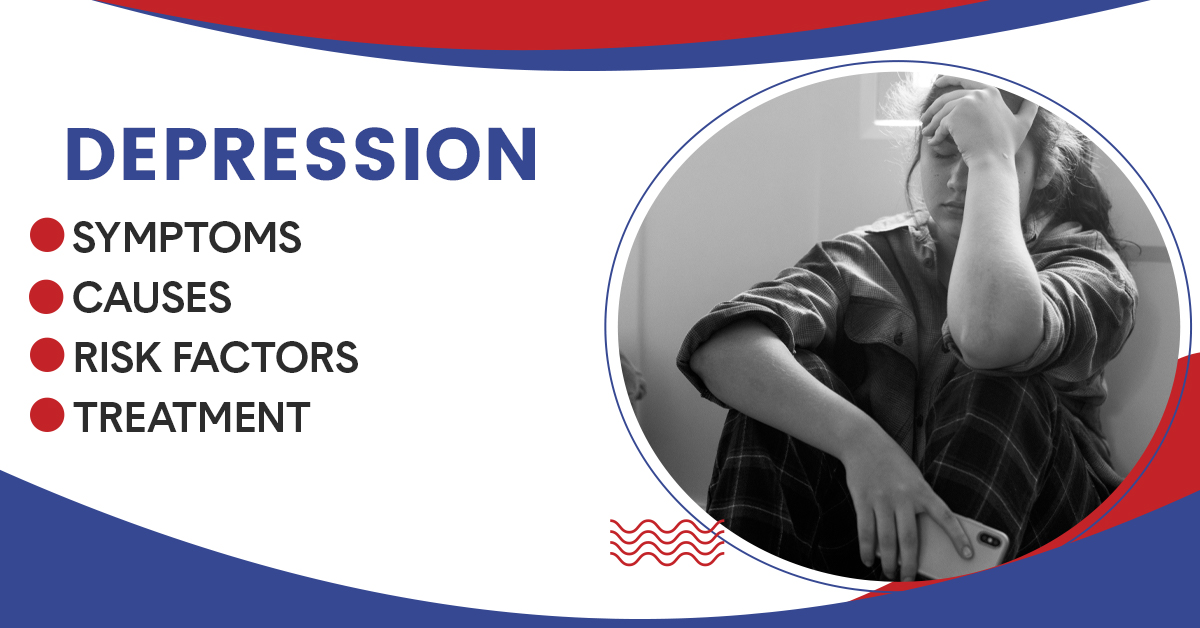- By Tagore Admin
- Posted July 24, 2023
Overview
You can experience alopecia either temporarily or permanently, and it can affect just your scalp or your entire body. It can be caused by hereditary factors, hormonal changes, diseases, or aging itself. It is more common for men to lose hair on their heads, although anyone can lose hair.
Hair loss on the scalp is one of the most common symptoms of baldness. Hair loss is most commonly caused by hereditary factors as we age. The natural process of hair loss appeals to some people who would rather leave it alone without treatment.
It may also be disguised by wearing hats, scarves, makeup, or hairstyles. Others opt for using one of the available treatments to stop further hair loss or promote growth.
Types of Hair Loss
Hair loss, medically known as alopecia, can occur due to various factors and can manifest in different forms. Some common types of hair loss are as follows:
● Androgenetic alopecia: The most common type of hair loss is male or female pattern baldness. It is influenced by genetics and hormones, leading to gradual hair thinning and receding hairline in men and diffuse hair thinning in women.
● Telogen effluvium: This type of hair loss occurs when a significant number of hair follicles enter the telogen (resting) phase simultaneously, leading to excessive shedding. It can be triggered by stress, illness, hormonal changes, surgery, or certain medications.
● Alopecia areata: This is an autoimmune condition where the immune system attacks the hair follicles, causing patchy hair loss on the scalp or other areas of the body. In some cases, it can progress to total hair loss (alopecia totalis) or complete loss of body hair (alopecia universalis).
● Traction alopecia: This type of hair loss is caused by constant pulling or tension on the hair, often due to tight hairstyles like braids, ponytails, or hair extensions. It can lead to hair breakage and eventual hair loss.
● Anagen effluvium: Typically induced by chemotherapy or radiation therapy, this type of hair loss affects the actively growing hair follicles. It often leads to sudden and extensive hair shedding.
● Trichotillomania: This is a psychological disorder where individuals have an irresistible urge to pull out their hair, resulting in noticeable patches of hair loss.
● Scarring alopecia (Cicatricial alopecia): In this condition, inflammation damages the hair follicles and leads to scarring, which can prevent new hair growth. The cause of this type of hair loss is not always clear and may vary.
● Tinea capitis: Also known as scalp ringworm, this is a fungal infection of the scalp that can cause hair loss in affected areas.
● Nutritional deficiencies: Lack of essential nutrients like iron, zinc, biotin, or protein in the diet can lead to hair loss.
You Can Read also: Infected Stitches
Causes of Hair Loss
Hair loss can have various causes, and it often results from a combination of factors. Some common causes of hair loss are as follows:
● Genetics: It is important to consider family history when it comes to hair loss. Hair loss caused by genetic predisposition is called androgenetic alopecia, also called male or female pattern baldness.
● Hormonal changes: Hormonal imbalances such as pregnancy, childbirth, menopause, or thyroid disorders can lead to temporary or permanent hair loss.
● Age: As people age, hair growth can slow down, and hair may become thinner and more prone to shedding.
● Medical conditions: Certain medical conditions can cause hair loss, including alopecia areata, trichotillomania, scalp infections (like ringworm), lupus, and other autoimmune diseases.
● Medications: Some medications, such as chemotherapy drugs, antidepressants, beta-blockers, and anticoagulants, can lead to hair loss as a side effect.
● Physical or emotional stress: Severe stress can trigger a condition called telogen effluvium, causing excessive shedding of hair.
● Over styling: Excessive use of heat styling tools (e.g., hairdryers, straighteners), tight hairstyles, or harsh chemicals can damage the hair shaft and lead to breakage and hair loss.
● Environmental factors: Exposure to pollutants, UV radiation, and other environmental factors can weaken the hair and make it more susceptible to breakage.
You Can Also Read:- Bipolar Disorder: Symptoms, Causes, Prevention and Treatment
Symptoms of Hair Loss
The primary symptom of hair loss is a noticeable thinning or loss of hair from the scalp or other areas of the body. However, the specific symptoms can vary depending on the underlying cause and type of hair loss. Some common symptoms of hair loss are as follows:
● Patchy hair loss: Alopecia areata is characterized by round or oval patches of hair loss on the scalp or other parts of the body. These patches may be smooth and hairless.
● Sudden and excessive hair shedding: Telogen effluvium can lead to a sudden and noticeable increase in hair shedding, usually occurring a few months after a triggering event such as childbirth, illness, surgery, or significant stress.
● Hair breakage: Hair that appears frayed, brittle, or shorter than usual may indicate hair breakage due to factors like excessive styling, chemical treatments, or nutritional deficiencies.
● Receding hairline: For men with androgenetic alopecia, the hairline at the temples and forehead may recede over time.
● Thinning and widening part: Women with androgenetic alopecia may notice a broader part in their hair as it becomes thinner.
● Scalp visibility: As hair loss progresses, the scalp may become more visible through the hair.
● Itching or pain: In some cases, hair loss may be accompanied by itching or discomfort on the scalp.
Diagnosis of Hair Loss
The diagnosis of hair loss involves a comprehensive evaluation of the patient's medical history, physical examination, and, in some cases, additional tests. It is crucial to determine the underlying cause of hair loss to provide appropriate treatment. Here's an overview of the typical steps involved in the diagnosis of hair loss:
● Medical history: The healthcare professional will begin by asking about the patient's medical history, including any family history of hair loss, recent illnesses, surgeries, medications, stress levels, and any other relevant information.
● Physical examination: A thorough examination of the scalp, hair, and affected areas will be conducted. The doctor will look for patterns of hair loss, the presence of any skin conditions on the scalp, and signs of inflammation or scarring.
● Pull test: The doctor may perform a "pull test" to assess the severity of hair shedding. This involves gently tugging on several hairs to see how many are easily dislodged.
● Blood tests: In some cases, blood tests may be ordered to check for specific medical conditions that can cause hair loss, such as thyroid disorders, iron deficiency anemia, hormonal imbalances, or autoimmune diseases.
● Microscopic examination: A sample of hair may be taken and examined under a microscope to assess the hair's condition and look for any abnormalities.
● Scalp biopsy: In certain cases, a small sample of the scalp may be removed for biopsy to help diagnose conditions that cause scarring or inflammation of hair follicles.
● Trichoscopy: Trichoscopy is a non-invasive technique that uses a specialized handheld device to magnify the scalp and hair follicles, aiding in the diagnosis of different types of hair loss.
● Cultures or fungal tests: If a scalp infection is suspected, cultures or fungal tests may be performed on samples taken from the affected areas.
● Phototrichogram: This involves taking photographs of the affected areas to monitor the progression of hair loss over time.
When to See a Doctor
If you are concerned about ongoing hair loss in you or your child and want to seek treatment, make an appointment with your doctor. To avoid significant permanent baldness in women with frontal fibrosing alopecia, talk to your doctor about early treatment options.
If you notice more hair falling out than usual when brushing or washing your hair or the hair of your child, or if it falls out suddenly or in patches, consult your doctor. A medical condition that needs treatment could be indicated by sudden hair loss.
Prevention of Hair Loss
While it may not always be possible to prevent all types of hair loss, there are several steps you can take to promote healthy hair and reduce the risk of certain types of hair loss. Here are some tips for preventing hair loss:
● Maintain a balanced diet: Ensure your diet includes a variety of nutrients, including protein, iron, zinc, biotin, and vitamins A and C. These nutrients are essential for healthy hair growth.
● Avoid crash diets: Rapid weight loss and extreme diets can lead to hair shedding. Instead, opt for a balanced and gradual approach to weight management.
● Be gentle with your hair: Avoid tight hairstyles that pull on the hair, as well as excessive heat styling and chemical treatments. Treat your hair gently to minimize damage.
● Keep the scalp clean: Regularly wash your hair with mild shampoo to keep the scalp clean and free from excess oil and debris.
● Reduce stress: Hair loss can be exacerbated by high levels of stress. Utilize stress-relieving practices like yoga, meditation, or regular exercise.
● Quit smoking: Smoking can damage hair follicles and disrupt hair growth. Quitting smoking can improve overall health, including the health of your hair.
● Use hair care products wisely: Choose hair care products that suit your hair type and avoid using too many styling products that may weigh down the hair.
● Protect your hair from the sun: Excessive sun exposure can damage hair proteins and make it more susceptible to breakage. Use hats or scarves to protect your hair when exposed to the sun for extended periods.
Treatment of Hair Loss
The treatment of hair loss depends on the underlying cause and the type of hair loss you are experiencing. Here are some common treatment options for different types of hair loss:
● Minoxidil: Minoxidil is an over-the-counter topical medication that is FDA-approved for both men and women to treat androgenetic alopecia. It is applied directly to the scalp and may promote hair growth and slow down hair loss.
● Finasteride: Finasteride is an oral prescription medication that is primarily used to treat male pattern baldness. It works by blocking the hormone dihydrotestosterone (DHT), which is responsible for shrinking hair follicles in genetically susceptible individuals.
● Corticosteroids: For conditions like alopecia areata, corticosteroid medications may be injected into the scalp to help suppress the immune response and promote hair regrowth.
● Anthralin: This topical medication is sometimes used to treat alopecia areata by stimulating hair regrowth.
● Immunotherapy: In some cases of severe alopecia areata, treatment with immunotherapy drugs like diphencyprone (DPCP) can be considered to encourage hair regrowth.
● Hair transplant surgery: Hair transplant procedures involve transplanting hair follicles from the back or sides of the scalp to the balding areas. It is typically used for androgenetic alopecia and can provide natural-looking hair restoration.
● Low-level laser therapy (LLLT): LLLT devices, such as laser combs or helmets, are available to stimulate hair follicles and promote hair growth. It is often used in cases of androgenetic alopecia.
● Platelet-rich plasma (PRP) therapy: PRP involves drawing the patient's blood, processing it to concentrate platelets, and then injecting the platelet-rich plasma into the scalp to stimulate hair growth.
● Hair care and styling modifications: Avoiding tight hairstyles, minimizing heat styling, and using gentle hair care products can help prevent further damage to the hair.
● Managing underlying health conditions: Treating medical conditions such as thyroid disorders, hormonal imbalances, or nutritional deficiencies can improve hair loss associated with these conditions.
Tags






